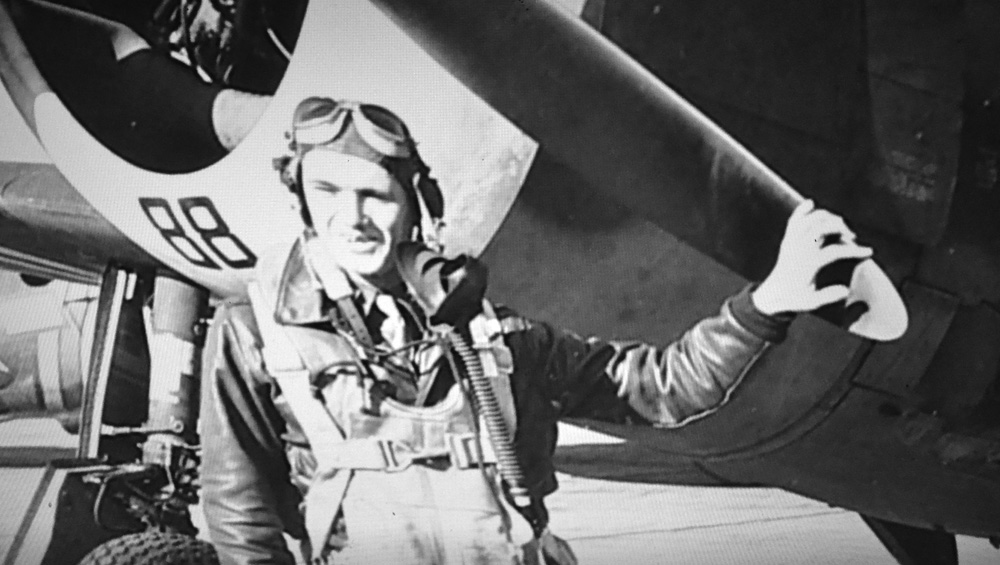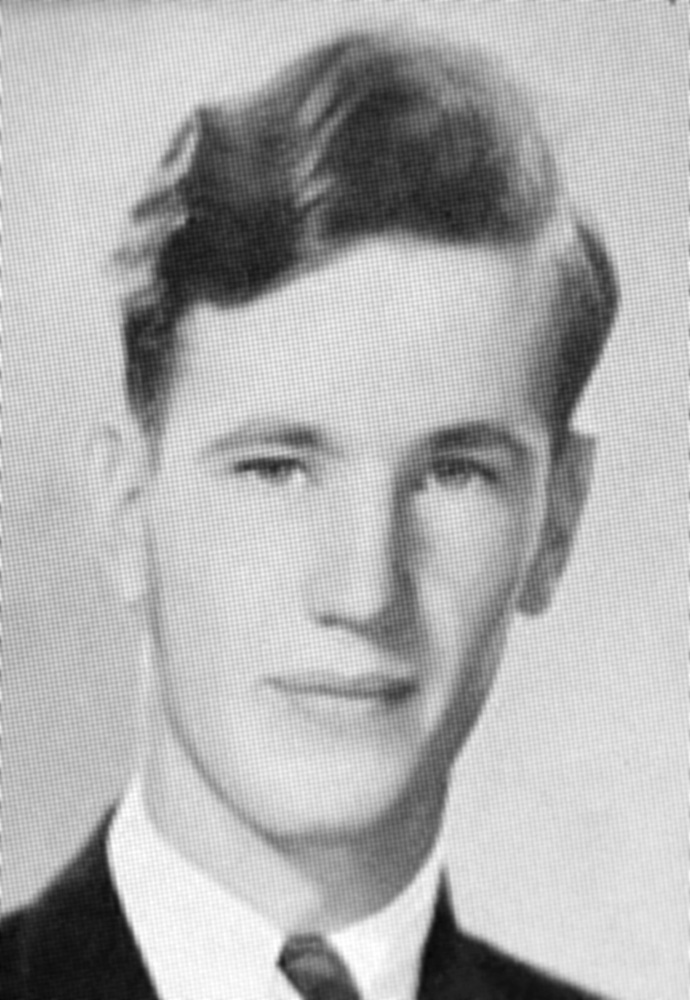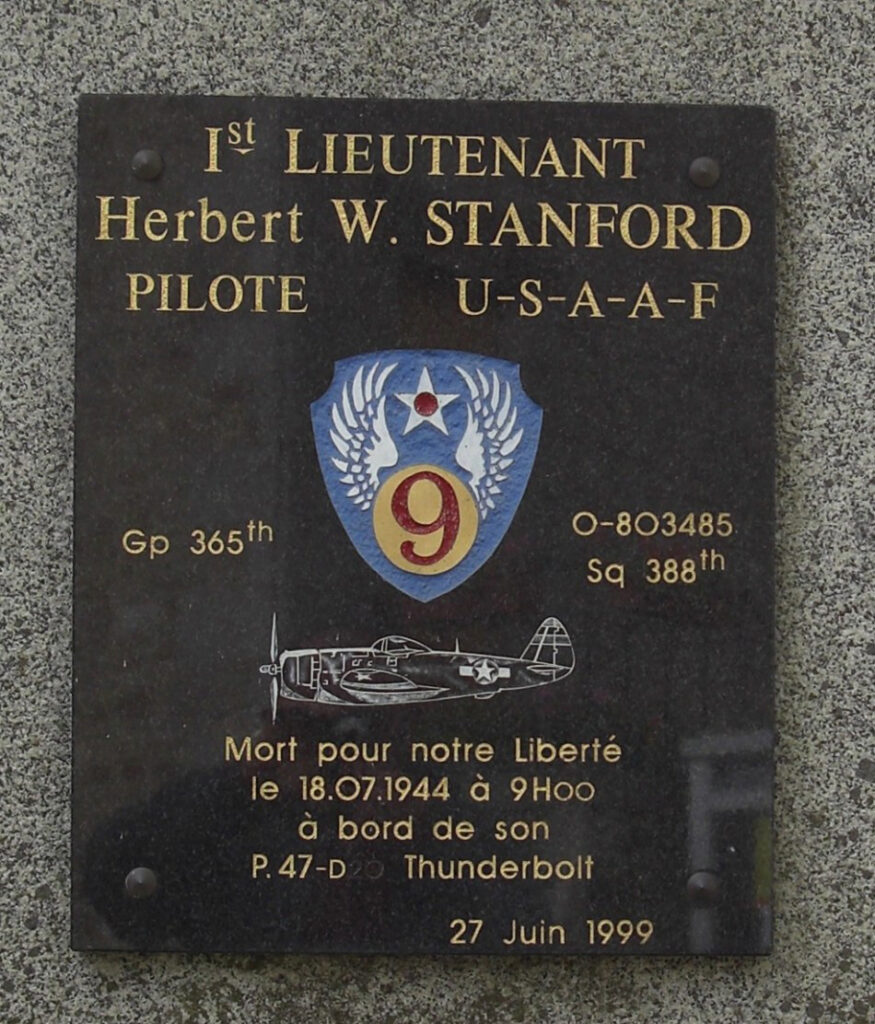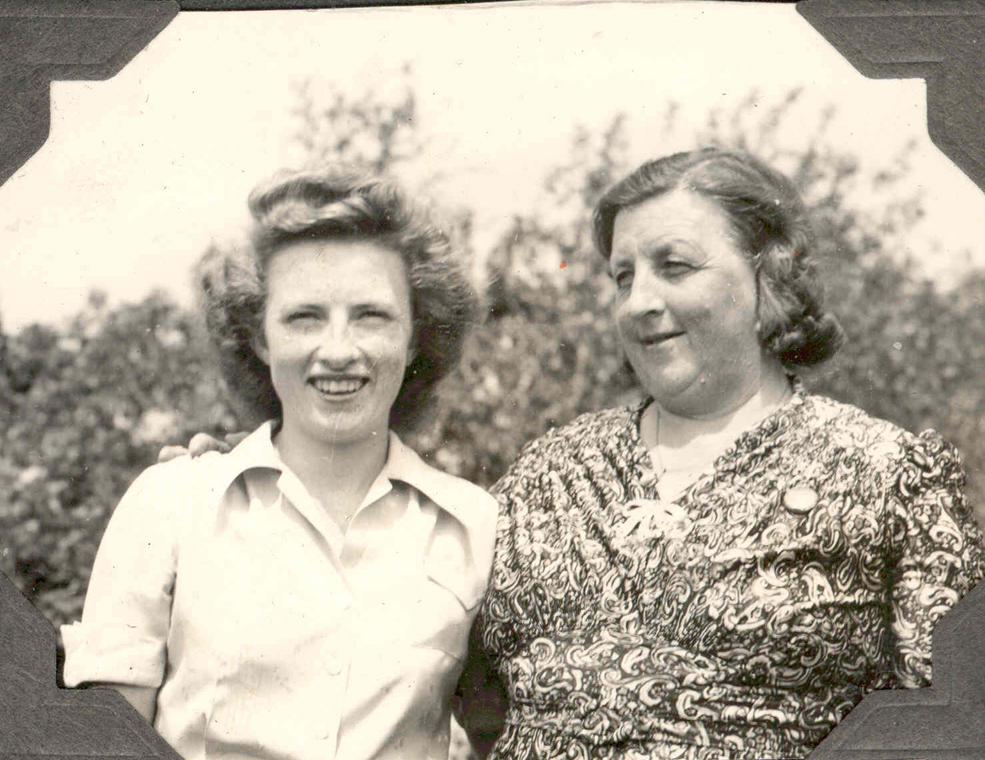Brockport native a hero for the ages

by Ron Johnston
Under a summery sky early Tuesday morning, July 18, 1944, 11 armed P-47D Thunderbolt fighter planes took off from a recently constructed airfield in the Normandy region.
First Lieutenant Herbert Stanford was seated in one of those aircrafts, heading towards Vire, France. The 24-year-old Brockport native was an experienced flyer, who had been credited with more than 75 missions over enemy-held territory.
About six weeks before, the U.S. and its Allies had stormed the beaches of Normandy and were slowly but surely gaining a foothold on continental Europe.
Stanford’s and the squadron’s mission was to collect information through reconnaissance and photo-shooting.
But at approximately 8:45 a.m., the Thunderbolts and eight P-51 Mustangs had to resort to live shooting when they were ambushed by 25 German Messerschmitt Luftwaffe war planes.
What ensued was an intense aerial dogfight in the Falaise-Argentan area.

Stanford was the youngest of his parents’ five children. After his mom passed away when he was a teenager, he lived with his dad and a brother on a local farm.
Attending Brockport High School (Class of 1939), Stanford was interested in cars, hunting, guitar, and Marian, a 13-year-old girl he met when he was 14.
An excellent student with a grasp of science, Stanford originally considered becoming a chemical engineer. He went to Mechanics Institute (now Rochester Institute of Technology) and graduated in 1942.
While in school, Stanford added another interest to his life: aviation. After taking flight lessons and earning a pilot’s license, he enlisted in the Army Air Forces and was commissioned at Craig Field, Alabama, in May of 1943. The following month, he wed Marian during a furlough before being sent overseas later that year with World War II in full swing.
Meanwhile…
At about 9 a.m., Stanford’s plane was hit by enemy fire and seen burning by witnesses on the ground.
With his aircraft, which he named “Marian,” losing altitude and about to crash, Stanford somehow managed to steer the plane away from a house below before parachuting out too late.
Stanford was originally listed as missing in action (MIA) and then a year later presumed killed in action (KIA). The actual circumstances of his death were not revealed until many years later in late 1998.
“My aunt (Marian) and several family members were invited to a ceremony in France to dedicate a plaque honoring him in 1999,” said Joyce Stanford-Crooks, a niece of the downed pilot. “They called him a hero and later they named a road after him: Lt. Herbert W. Stanford. My aunt donated his war chest to the Emily Knapp Museum in Brockport (now the Brockport Museum & Library of Local History).”
Stanford is interred at Brittany American Cemetery of St. James in the Normandy area of France. During WW II, he was honored with the Distinguished Flying Cross, the Air Medal with nine clusters, and the Purple Heart (posthumously).
Marian was able to get on with her life and married a second time to WWII vet Frank Horek of Spencerport. Before passing away at 89 on June 3, 2011, she and her husband had been wed 63 years and had raised four children.
Several years ago, Stanford’s Purple Heart apparently was stolen and ended up in the evidence room of Albion law enforcement. This past February, it was returned to surviving members of the family in a local media ceremony.
Note: Ron Johnston, a 1966 Churchville-Chili graduate, is the author of One-Game Wonder.






